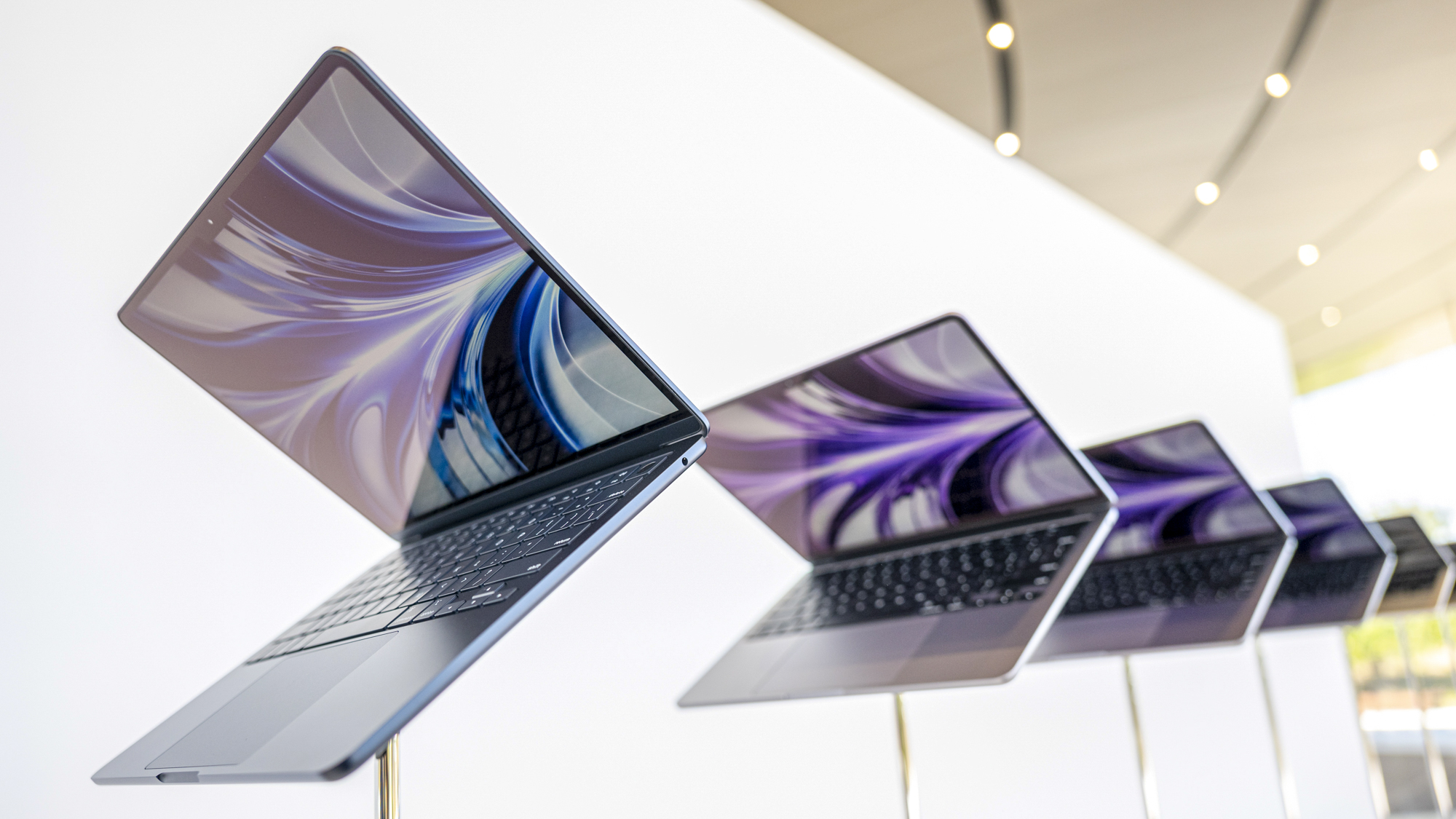
A new report from Korea claims that Apple has delayed releasing a MacBook Air with an OLED display again, with the reasoning being price and some supply chain issues.
The Korean publication The Elec reported that switching from LCD to OLED would increase prices. Still, Apple does not consider an upgraded display "attractive enough to lead to consumer purchases."
The Elect doesn't say how far out Apple is pushing an OLED MacBook Air. The MacBook Pro, which just launched with an M4 chip, isn't supposed to receive an OLED display until 2026. Presumably, an upgraded Air would follow in 2027.
An industry insider told The Elec (machine translated), "The parts development schedule was pushed back, and as of now, the product release cannot be helped but be delayed as well."
Earlier this year, Apple launched a new iPad Pro featuring an upgraded M4 chip and an OLED screen. It's an excellent tablet, but the report notes that shipments have been steadily falling since the launch, reportedly only shipping between 6 and 7 million units. It was a deep cut when expectations were for closer to 10 million tablets shipped this year.
Currently, the base iPad Pro 11-inch model starts at $999, while the larger 13-inch version starts at $1,299. Adding accessories like the new Apple Pencil and updated Magic Keyboard pushes that number closer to $2,000. With prices rising across the board, beyond tech, it appears consumers don't have the appetite for such high prices.
The M3-powered MacBook Air costs $1099, even with the doubled RAM. LCDs are 10% of the price. Presumably, OLED would raise that percentage even more.
Cheaper rivals
Apple also faces competition from Windows-based laptops of similar builds that already feature OLED displays. It also gives us an idea of how much more an OLED display could cost.
In many cases, OLED displays have been relegated to high-end gaming laptops like the Asus ROG Zephyrus G14 (2024), which, while excellent (despite amazingly terrible battery life), starts at $1,999.99.
But there are reasonable, comparable laptops that feature OLED screens without eye-popping price tags.
The Asus Zenbook S 14 is a good-looking laptop with an OLED display, decent performance, and excellent battery life. It won't win over Apple purists, but starting at $949 and, as of this writing, on sale for $749, those looking for an OLED laptop won't have to break the budget to get one. The older Zenbook S 13 OLED was one of Tom's Guide's favorite laptop displays last year.
The Dell XPS 13 has both an OLED version and a non-OLED. It also comes with Intel's Lunar Lake chip or the Qualcomm Snapdragon X Elite. The spectrum is broad here. The Snapdragon non-OLED variant starts at $1,199, while the Lunar Lake OLED model starts at $1,899. Some of that is Lunar Lake, as the non-OLED Intel starts at $1,399. The rest is OLED.
That said, Dell does offer the XPS 15, which starts at $1,099 and features a slick 3.5K OLED display.
Supply chain problems
The supply chain is also a factor. Apple only used LG Display and Samsung Display as supply partners for the OLED display, and according to the report, only Samsung will supply the OLED for the future MacBook Pro. A lack of competition and partners potentially hinders Apple's ability to lower costs.
An unnamed official stated, "We need to find a point where the OLED performance of Apple's (IT product) Air lineup can approach that of the OLED of the Pro lineup while minimizing the price increase due to the application of OLED."
As it stands, we're still waiting for a MacBook Air with an M4 chip, even though Apple did just double the available RAM on standard builds of the M2 and M3 Air. The M4 version should arrive in early 2025 if rumors are to be believed.







